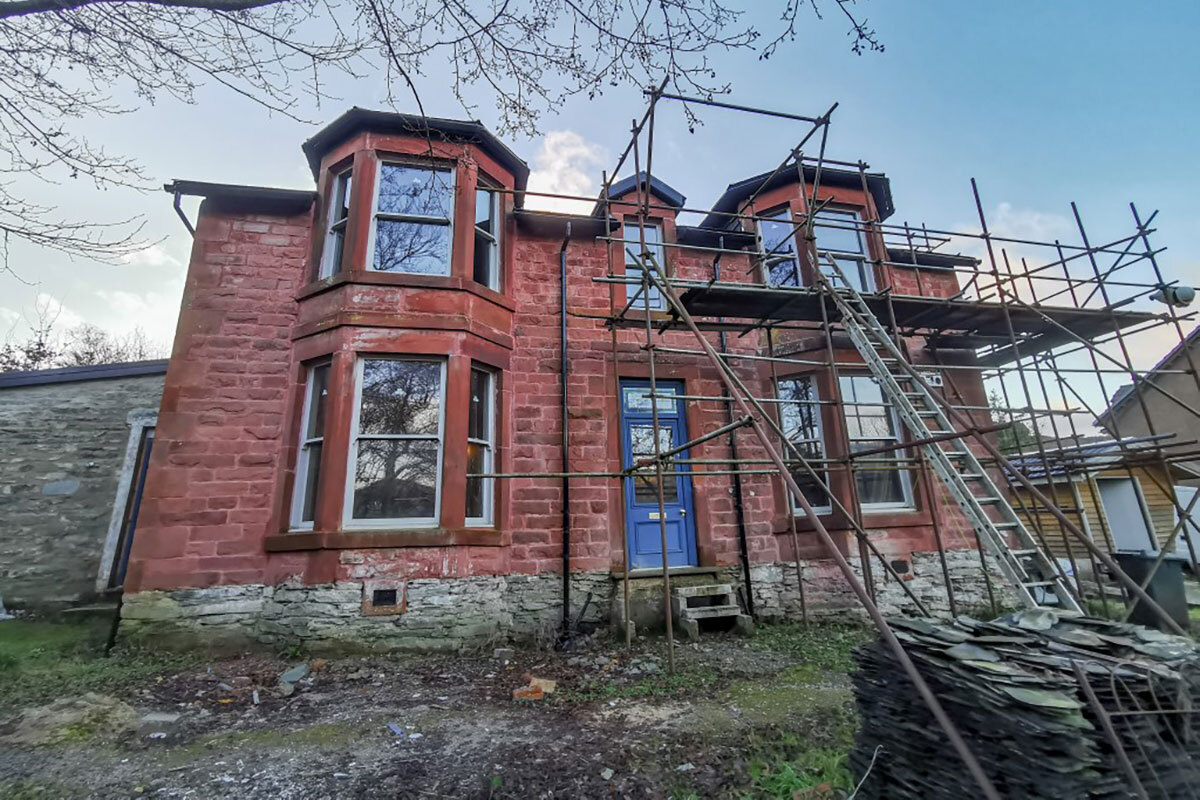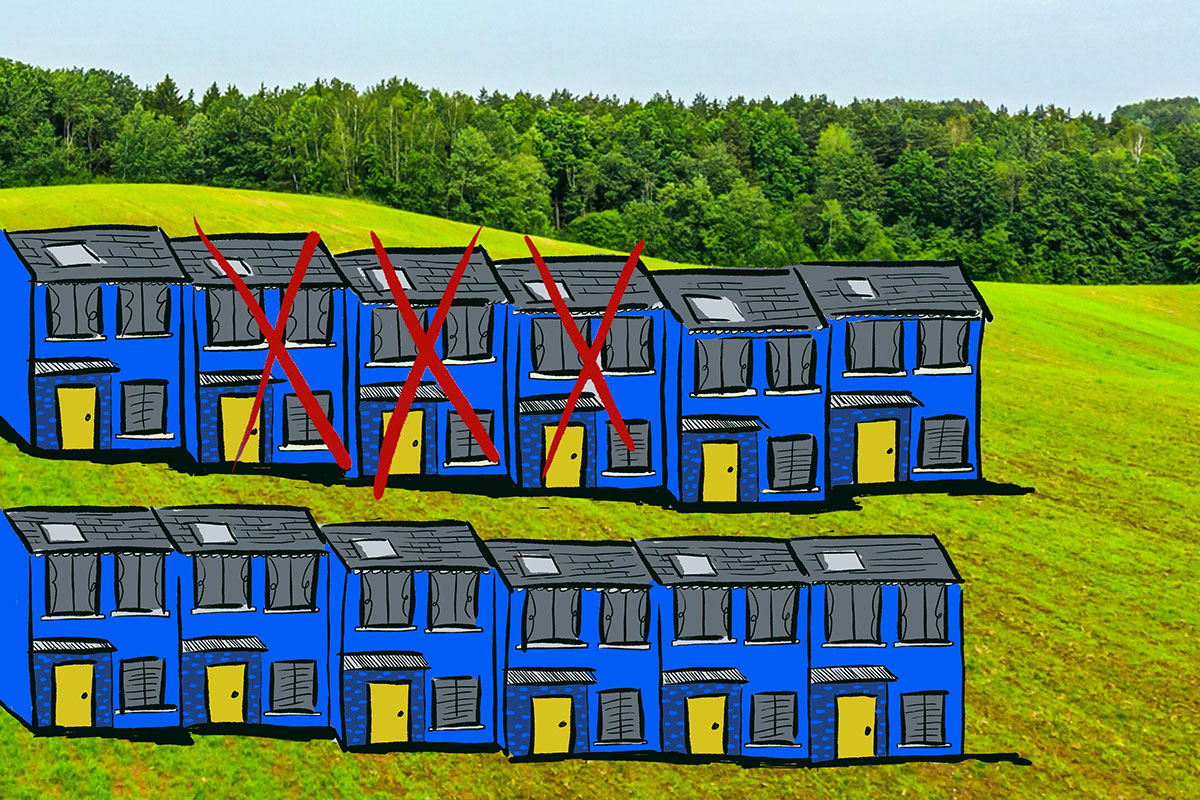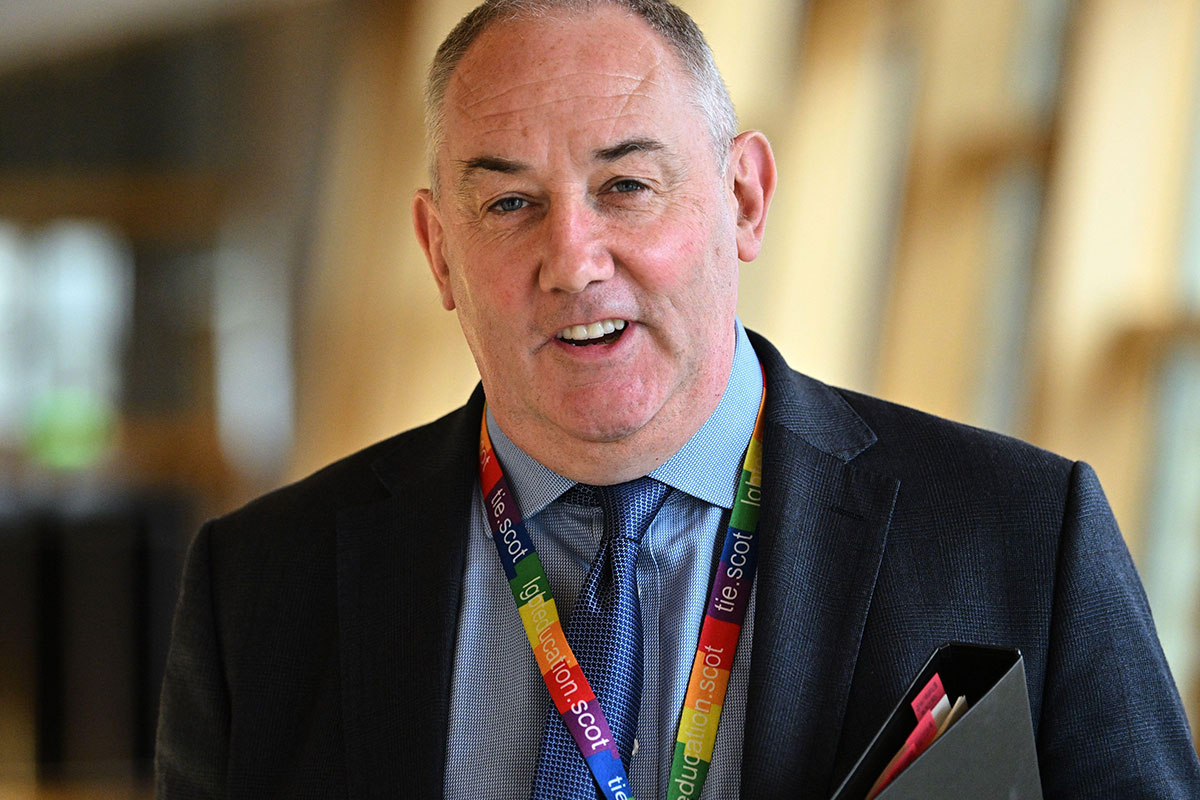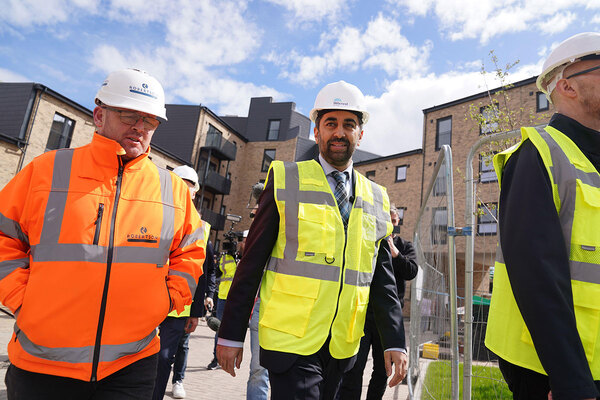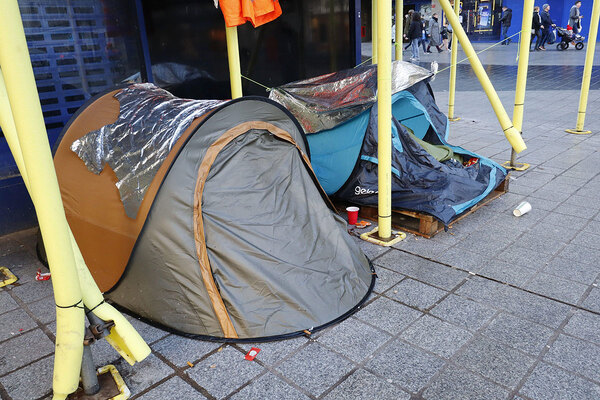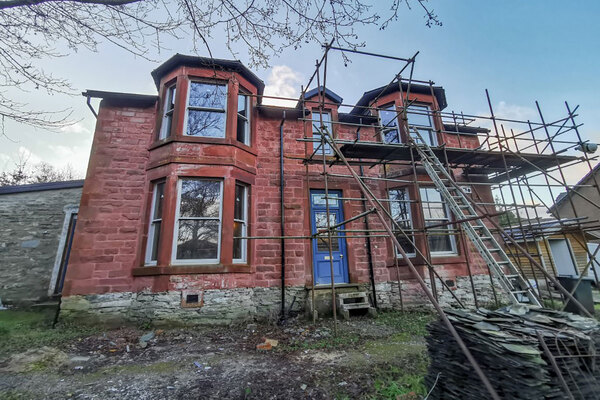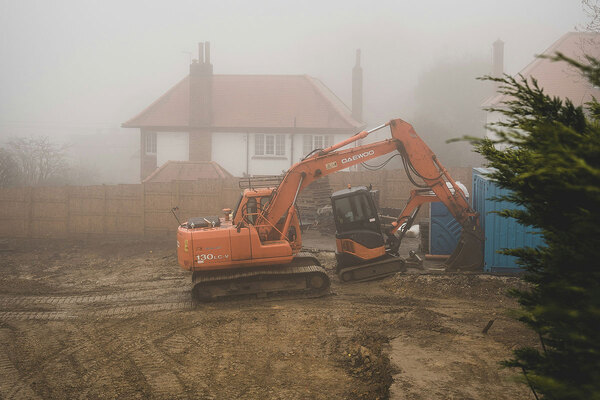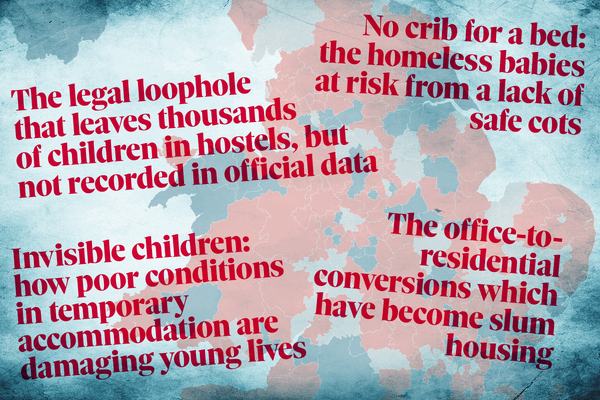You are viewing 1 of your 1 free articles
Scotland sees 50% rise in number of empty homes brought back into use
The number of long-term empty homes in Scotland brought back into use rose by 50% last year, a report has found.
The Scottish Empty Homes Partnership (SEHP), a Scottish government-funded non-profit run by Shelter Scotland, said it helped to return 1,875 long-term empty homes to use in 2023-24, the highest annual total since it was founded in 2010.
It represents an increase of 50% compared to 2022-23, when 1,257 empty homes were brought back into use by the organisation.
SEHP provides training and support to empty homes officers employed by Scottish councils, who target the restoration and reuse of privately owned empty homes.
In its latest impact report, the partnership said it had returned a total of 10,889 homes to use since 2010.
Over the past year, 10 local authorities in Scotland as well as the Scottish government have declared a housing emergency.
The report highlighted how a number of councils that have declared such an emergency – including the City of Edinburgh, Fife and West Lothian – have increased their commitment to empty homes work by appointing additional empty homes officers.
However, it also noted that Moray Council is planning to discontinue its dedicated empty homes service this month.
According to SEHP, there are currently around 46,000 long-term empty homes in Scotland. The Scottish government defines long-term empty homes as those that have been empty for six months or more.
SEHP is part-funding five projects to encourage other organisations to get involved in empty homes work. These include the forerunner to a multi-year programme in Dundee to regenerate empty homes with the non-profit Community Impact Initiative.
Tahmina Nizam, national manager at SEHP, said: “We know that bringing empty homes back into use will play a crucial part in meeting housing demand locally and nationally.
“The best way for local authorities to ensure we make full use of empty homes would be to expand their empty homes services and increase the resources they allocate to empty homes work as a whole.”
Paul McLennan, Scotland’s housing minister, said: “This report demonstrates the benefit that returning long-term empty homes back into use can have on communities in Scotland.”
The Scottish government has invested more than £3.7m in the SEHP, including funding to embed dedicated empty homes officers within councils.
Mr McLennan continued: “Bringing empty homes back into use is one of the most cost-effective ways of increasing housing stock and I want to see every local authority working with the partnership.
“I want to make clear that councils can also utilise the ringfenced revenue they derive from council tax on second and empty homes to fund these essential empty homes services.”
In April, the Scottish government announced an extra £80m over two years to buy empty and private sector homes for social housing.
The money built on the well-received National Acquisition Programme announced last year, which spent £60m and delivered 1,000 affordable homes.
Meanwhile, at the start of the year the Scottish government cut its affordable housebuilding programme by £196m.
Last month, Inside Housing explored how development directors are responding to the 26% cut in grant funding.
Sign up for our Scotland newsletter
Already have an account? Click here to manage your newsletters
